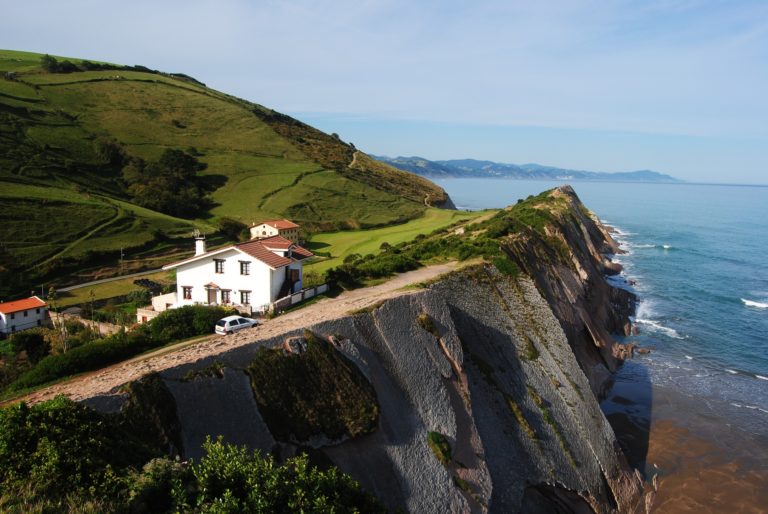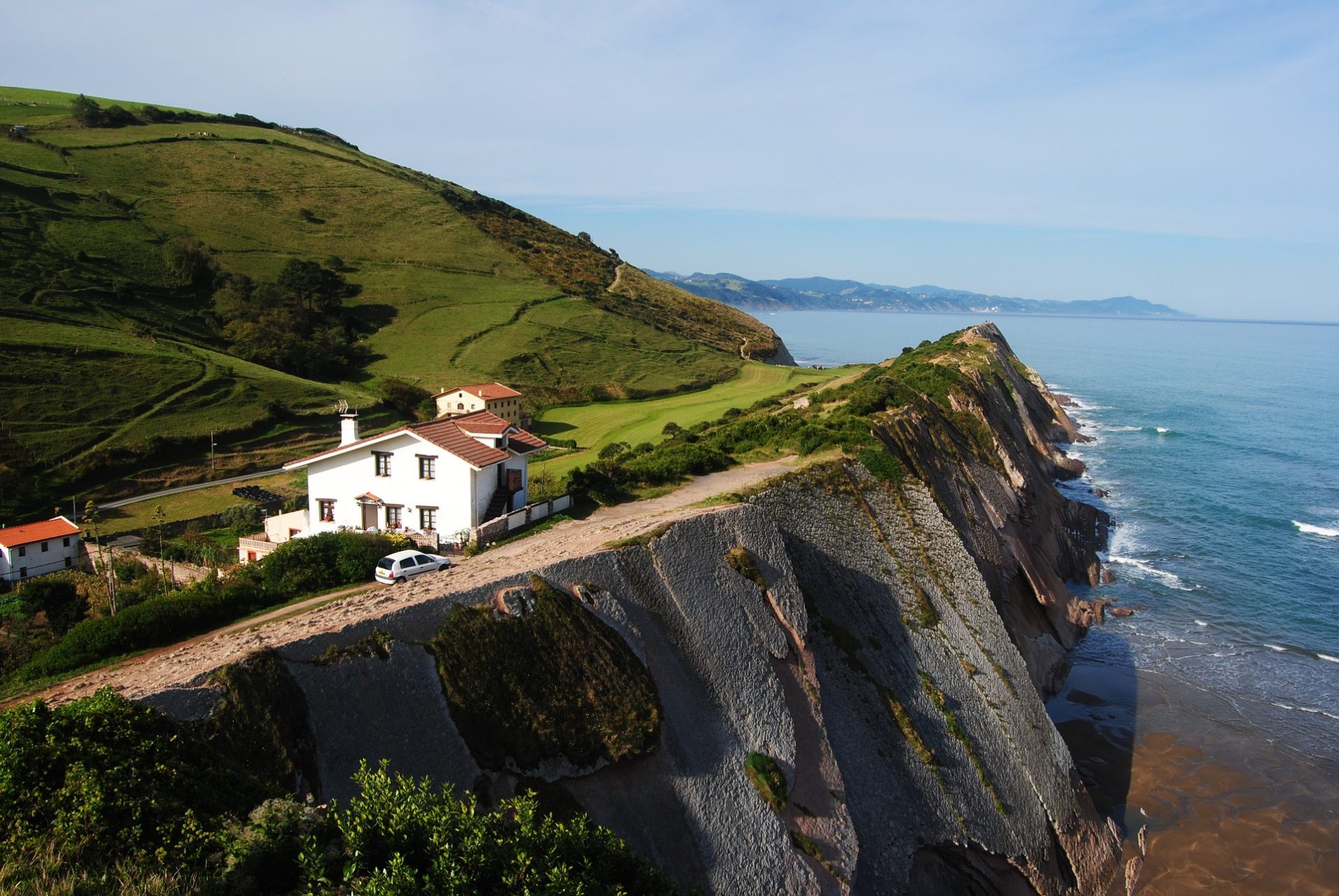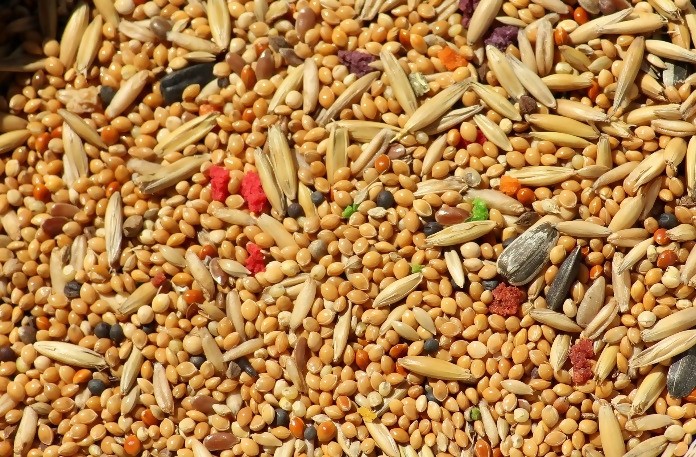
If you travel to the northern coast of Spain, along the Bay of Biscay, you’ll discover Spain’s historic Basque Country. What you find today may seem different than it did centuries ago when the culture’s existence was first recorded. However, there’s a rich and unfaltering history in this region that has not been lost to modernization.
Spain itself is a hub for life, culture, food, and energy. People travel there from all around the world to enjoy these aspects. But it’s the Basque region in particular that draws people to its mystery. The thing about the Basque region that mystifies historians and tourists alike, is just how old this civilization is. Sure, there are vast and old civilizations like the Romans and the Greeks. But as small and distinct as the Basque civilization is, it has a recorded history dating back to the 1st Century, when it was inhabited by the Vascones. The people of the Basque country still speak their same distinct language today as they did in the Middle Ages. And the language has barely changed over time.

Aside from these impressive aspects, though, Basque country boasts an exciting world of food and drink that people can’t resist. Even the customs of preparation and serving the food are unique and exciting!
It should come as no surprise that seafood is one of the signature food categories held in high esteem here. Situated on the coast at the Bay of Biscay, it’s easy and common for fishermen to collect fresh seafood daily. They bring this back to port to distribute for cooking and serving in a variety of intimate settings. You can find many seafood options there, including anchovies, horse-mackerel, shrimp, cod, and much more.
Although the diet and food culture in this region is rich and distinct now, it didn’t always involve so many elements or flavors. Like many cultures at their start, the Basque was host to a simpler set of food suppliers at first. Most cultures must expand their palettes by first discovering new foods in other places and bringing them home. This happened with the Basque, when they brought home beans, corn, potatoes, and more from the Americas.

Now, the Basque region has evolved but kept its roots very much in place. Essential aspects of the traditional culture are maintained with intricate customs of cuisine. Most importantly, there are the traditional and new styles.
The traditional style food is known well for a few specific dishes. Traditionally, there wasn’t much meat in Basque cuisine because of a lack of fishing education and tradition, as well as less means. Therefore, foods contained the staples, like lentils and millet. Once fish was a big part of tradition, though it really blossomed. If you’re at all familiar with Basque cuisine, you’ve maybe heard of marmitako. This is a savory tuna dish served with a broth in a bowl. It’s kind of like the Basque version of a fish stew, although it’s unique in its inclusion of fresh peppers and tomatoes.
There is also the new Basque cuisine, though. And while this takes into account some of the traditional measures of preparation, it provides something fresh. New Basque cuisine has some French influences and is often found in contemporary restaurants and bars throughout Spain. Geographically, it isn’t restricted to just the Basque region itself.
If you want to experience a taste, quite literally, of the Basque Country, you have to visit. There are many festivals you can attend that celebrate the rich culture and history of food there. Try the Virgin Blanca Festival or Fetes de Bayonne to see what it’s like. There is a world of cuisine and excitement to be discovered!
Sources:
https://en.wikipedia.org/wiki/History_of_the_Basques
https://en.wikipedia.org/wiki/Basque_cuisine#New_Basque_Cuisine